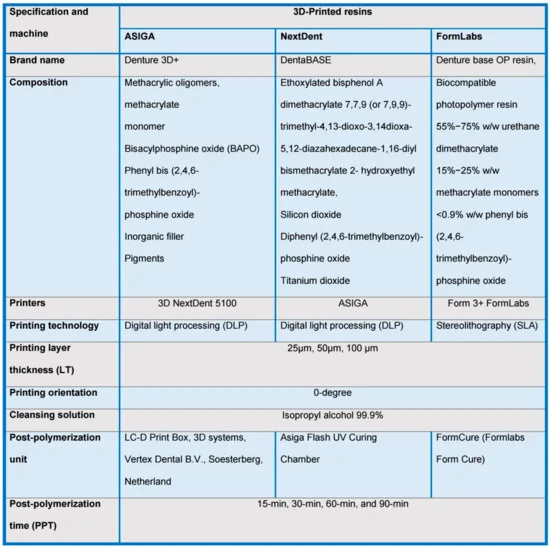3D Printing Transforms Dentistry: Enhanced Restorations with New Materials and Techniques
August 20, 2024
The introduction of 3D printing technology in dentistry has revolutionized the production of definitive indirect restorations, leading to increased accuracy, efficiency, and cost-effectiveness.
Rapid prototyping using 3D printing is gaining traction for applications such as crowns, dentures, and surgical guides.
A systematic review highlights the mechanical properties of 3D-printed composite materials used in dentistry, particularly for permanent indirect restorations.
The review also points out significant limitations in the current literature regarding commercially available 3D-printed composite resins and their mechanical properties.
There is a pressing need for the development of new materials that fulfill the mechanical, physical, and biological requirements for permanent restorations.
The findings indicate a necessity for dedicated finishing and polishing systems tailored for 3D printed dental materials, as existing generic systems do not yield optimal results.
The nitrogen curing process has shown superior outcomes for both surface roughness and gloss, suggesting its effectiveness in finishing 3D printed dental materials.
Multi-step finishing and polishing systems generally produce smoother surfaces compared to one-step and two-step methods.
The study concludes that reducing layer thickness and increasing post-polymerization times can enhance the mechanical properties of 3D-printed resins.
Statistical analysis revealed significant differences in flexural strength and hardness among various layer thicknesses and post-polymerization times.
The study found that low concentrations of nano-SiO2 improved flexural strength, while both nano-SiO2 and nano-TiO2 enhanced mechanical properties and reduced microbial adhesion in provisional resin.
Both nanoparticles significantly reduced Candida albicans adhesion, with nano-TiO2 demonstrating superior antimicrobial effectiveness compared to nano-SiO2.
Summary based on 4 sources
